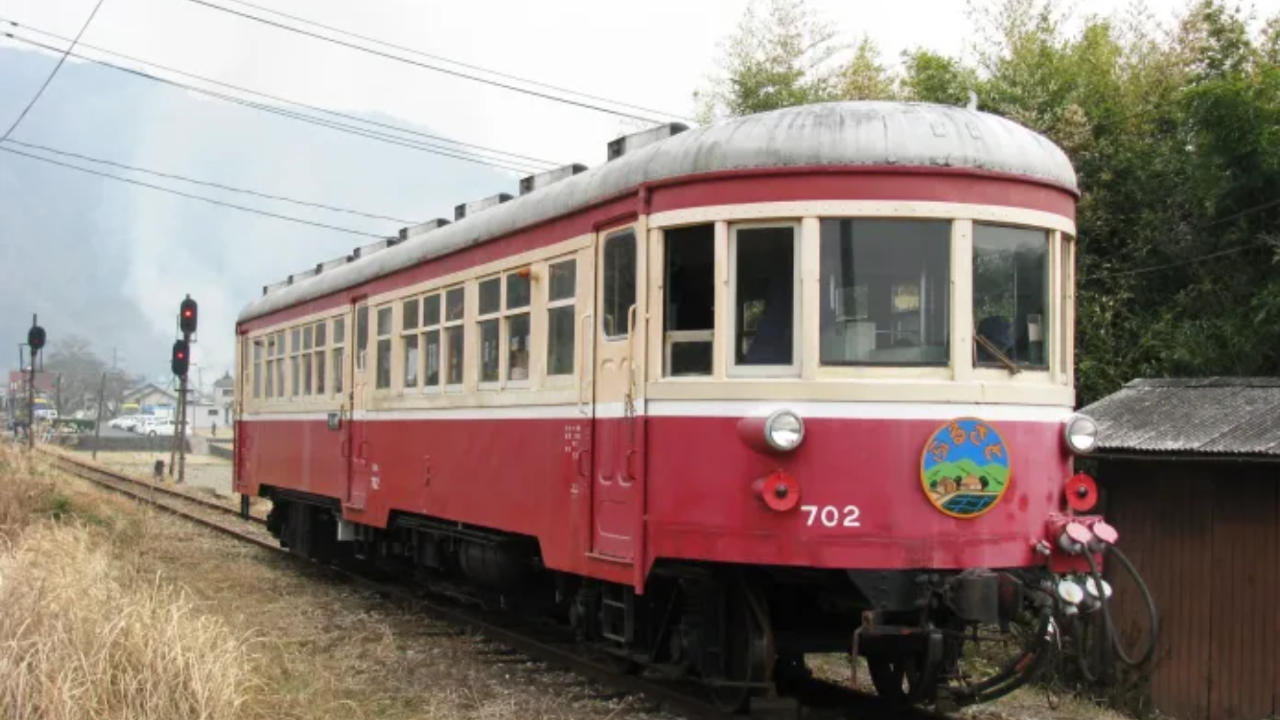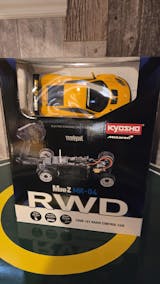Japan is synonymous with cutting-edge technology, efficient public transport, and, of course, a rich history of railway systems that connect its islands and urban centers. Among the many fascinating components of the Japanese railway system is the Kiha carriage, a unique gasoline-powered railway car that has captured the interest of train enthusiasts and travelers alike. In this blog post, we’ll explore the Kiha's characteristics, its historical significance, and why it continues to charm people even today.
The Kiha: A Brief Overview

Kiha series trains are a mix of versatility and efficiency. Introduced in the post-war era, these lightweight diesel railcars were designed to provide reliable service on non-electrified lines. The Kiha family includes several models, the most popular being the Kiha 40 series, known for its distinctive streamlined design. These trains are not only economical to operate but also offer a unique travel experience that stands apart from traditional electric trains.

Historical Significance
The history of the Kiha railway car dates back to the late 1950s, a time when Japan was rapidly expanding its transportation infrastructure. With the growth of suburban areas, there was an increasing need for an efficient means of transport on rural lines. The Kiha series met this demand brilliantly, allowing communities to stay connected. Over the decades, the Kiha has been synonymous with local charm, giving passengers a scenic view of Japan’s picturesque landscapes.

Unique Features
The Kiha railway cars are recognized for several standout features:
1. Gasoline & Diesel Power: Unlike electric trains that require overhead wires, Kiha cars typically run on direct fuel, providing great flexibility in their deployment on less-frequented routes.
2. Lightweight Design: Kiha trains were engineered to be lighter than traditional trains, which allowed them to navigate tighter tracks and respond to varying elevations with ease.

3. Comfortable Interiors: Designed with passenger comfort in mind, Kiha trains often feature spacious seating and large windows that offer breathtaking views of the Japanese countryside.
4. Environmental Impact: Although they run on fossil fuels, advancements in Kiha train technology have led to engines that produce fewer emissions compared to earlier models.
The Kiha Today

Today, while the Kiha remains popular on many rural routes, it faces competition from electric trains and high-speed shinkansen lines. Nevertheless, many enthusiasts argue that there's nothing quite like the experience of riding on a Kiha. Whether it’s the gentle rumble of the engine, the scenic views, or the nostalgic charm, the Kiha continues to be a beloved part of Japan's railway heritage.
Whether you’re a railway enthusiast, a history buff, or simply a traveler seeking a unique experience, the Kiha railway car represents a fascinating chapter in the story of Japan's transportation evolution. As we honor its legacy and the memories it carries, we also look forward to the journey ahead—one that is sure to be filled with innovation, nostalgia, and adventure.














